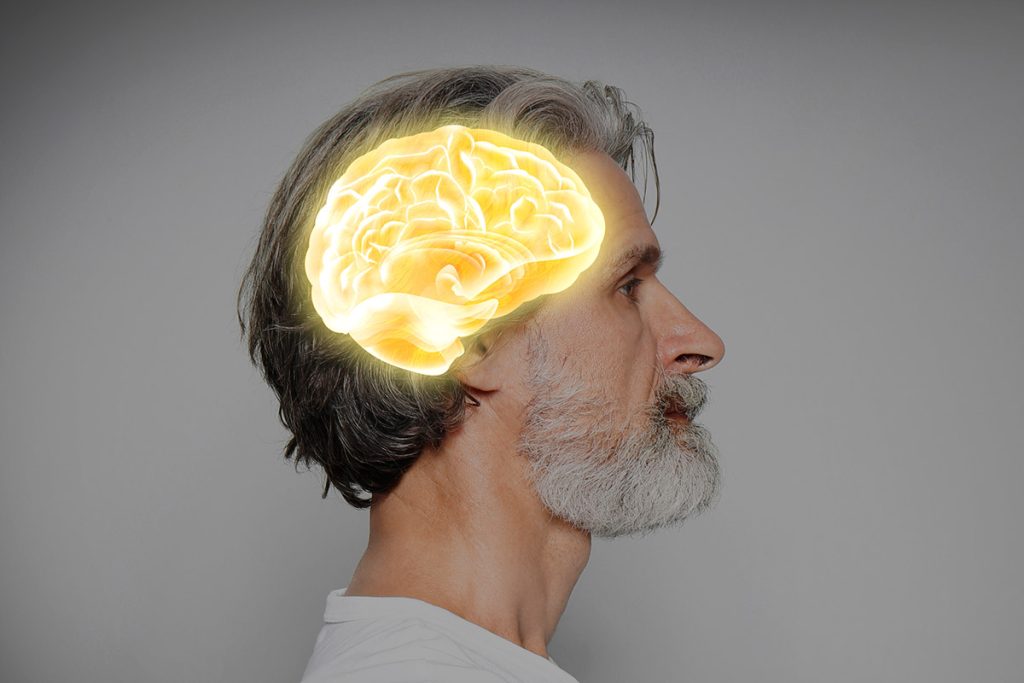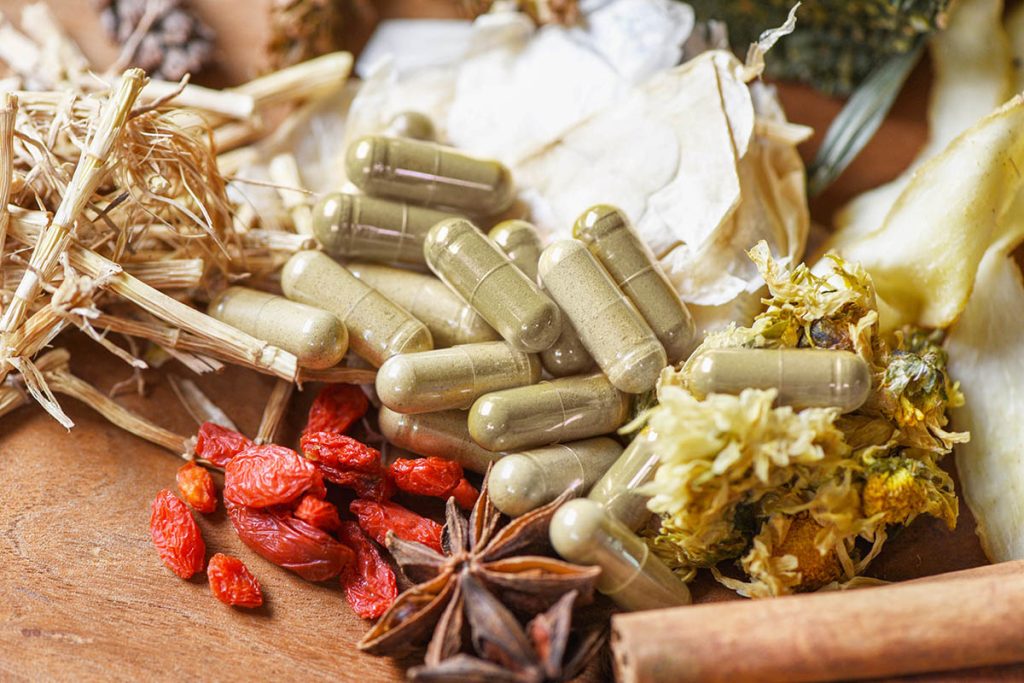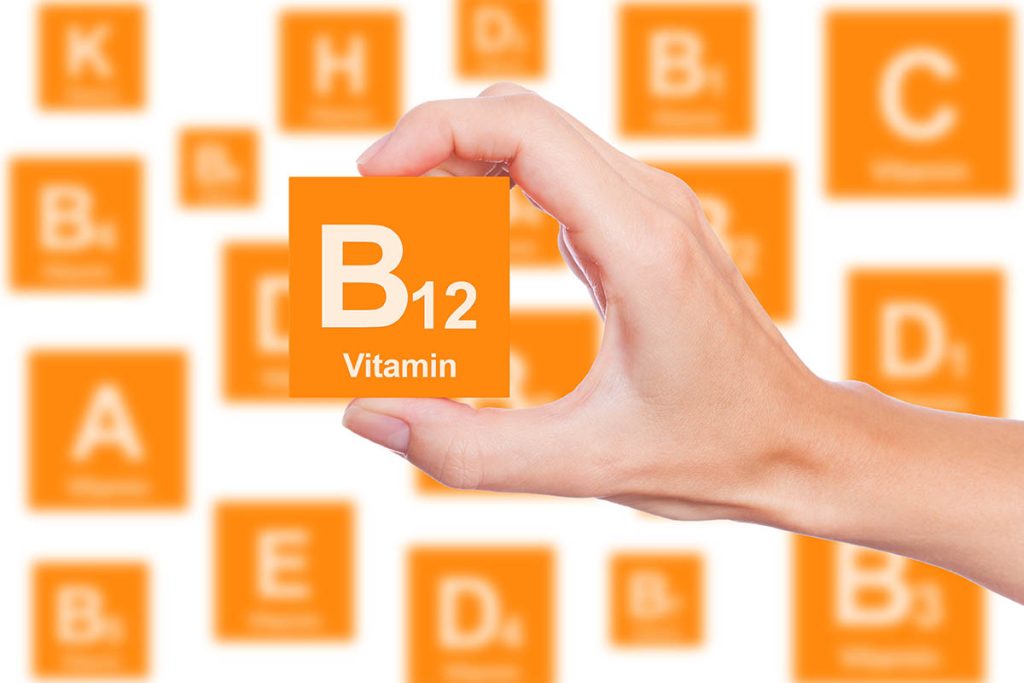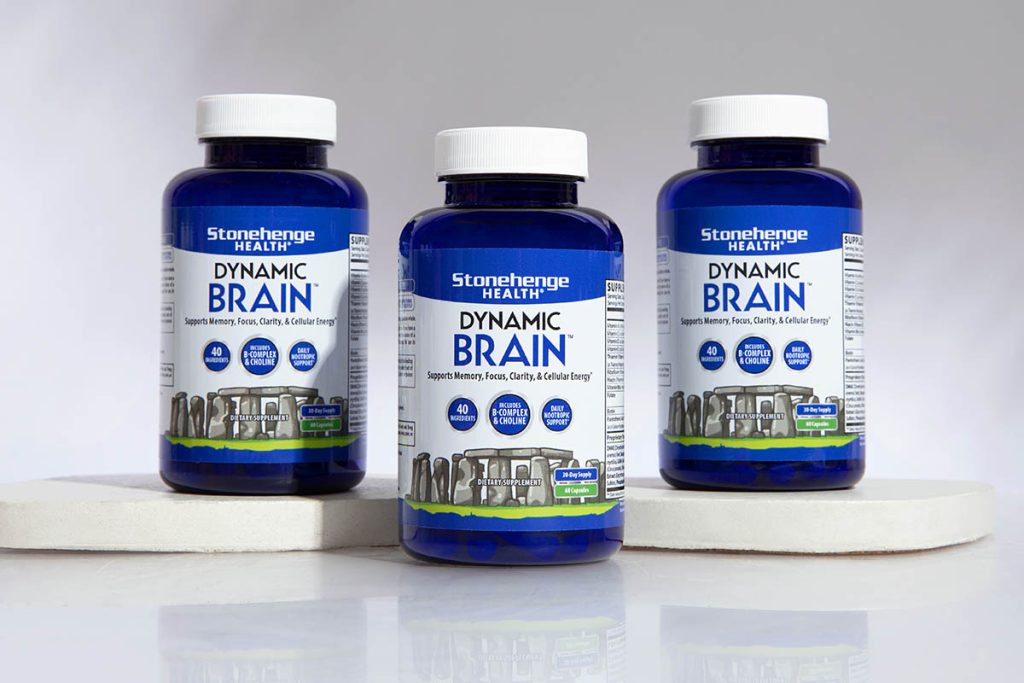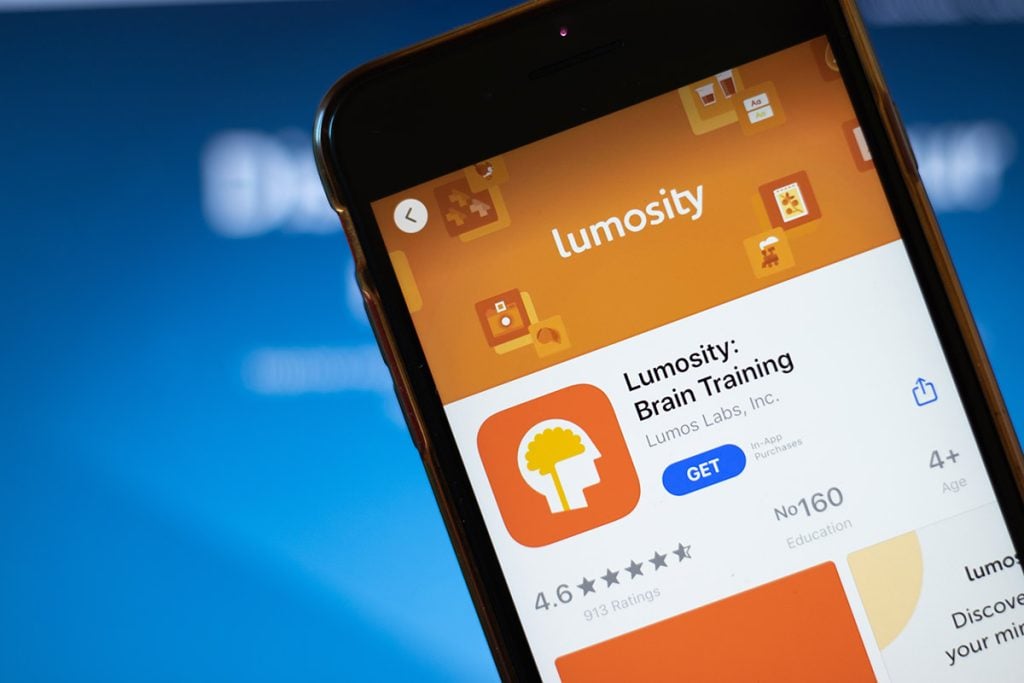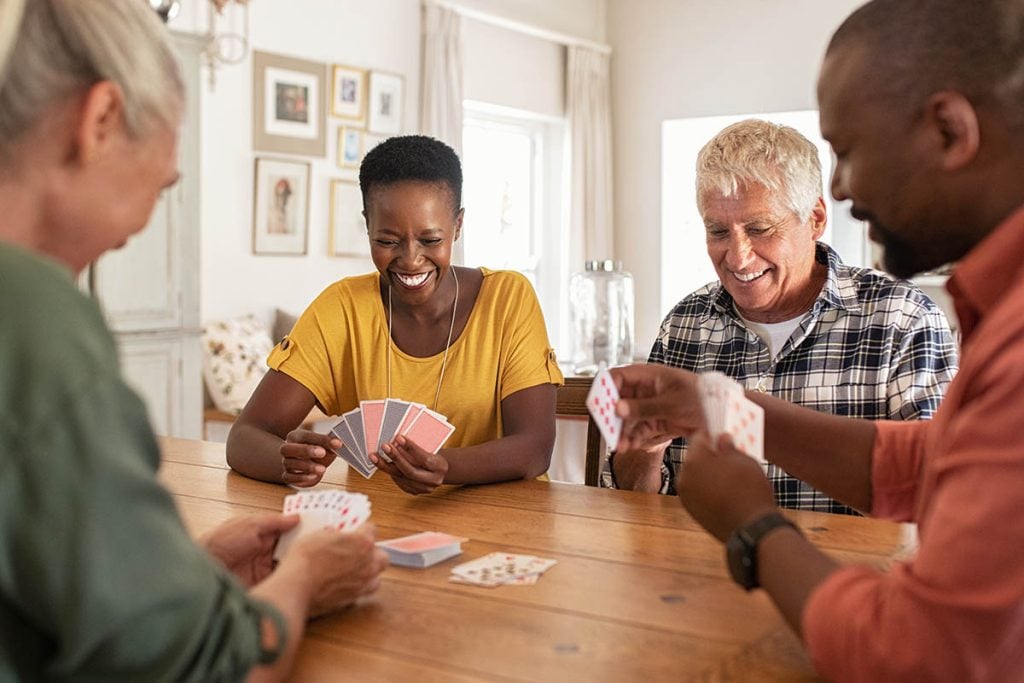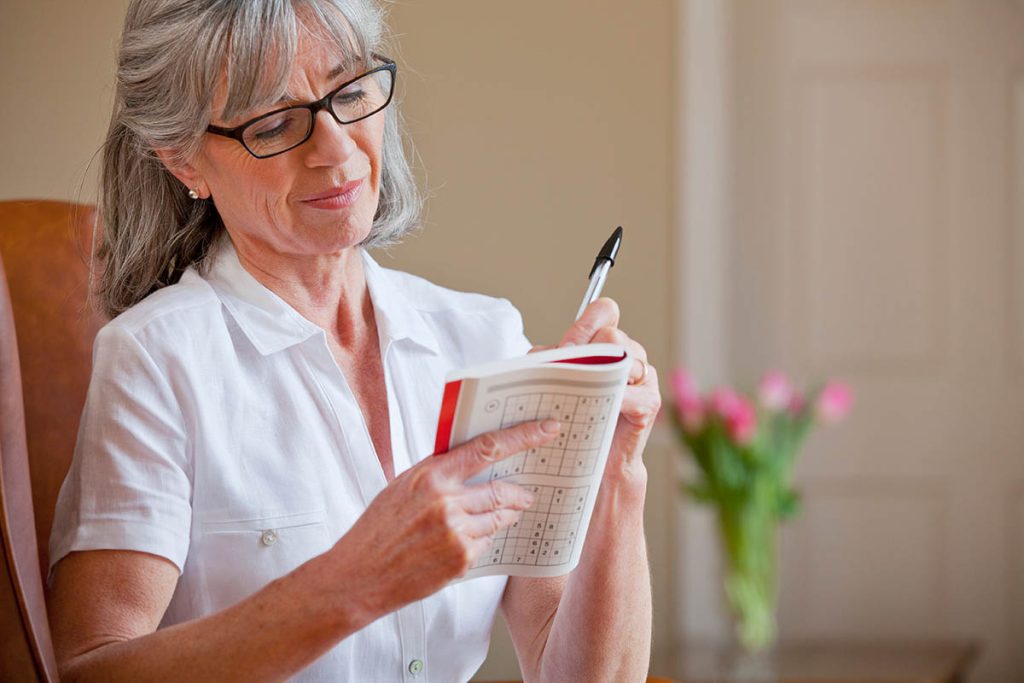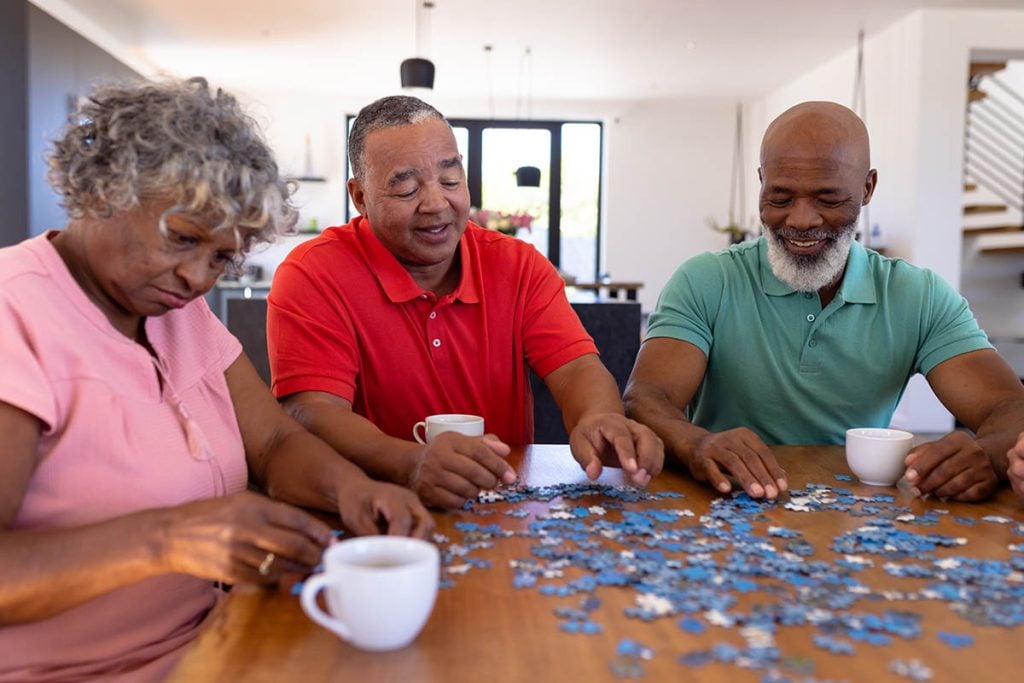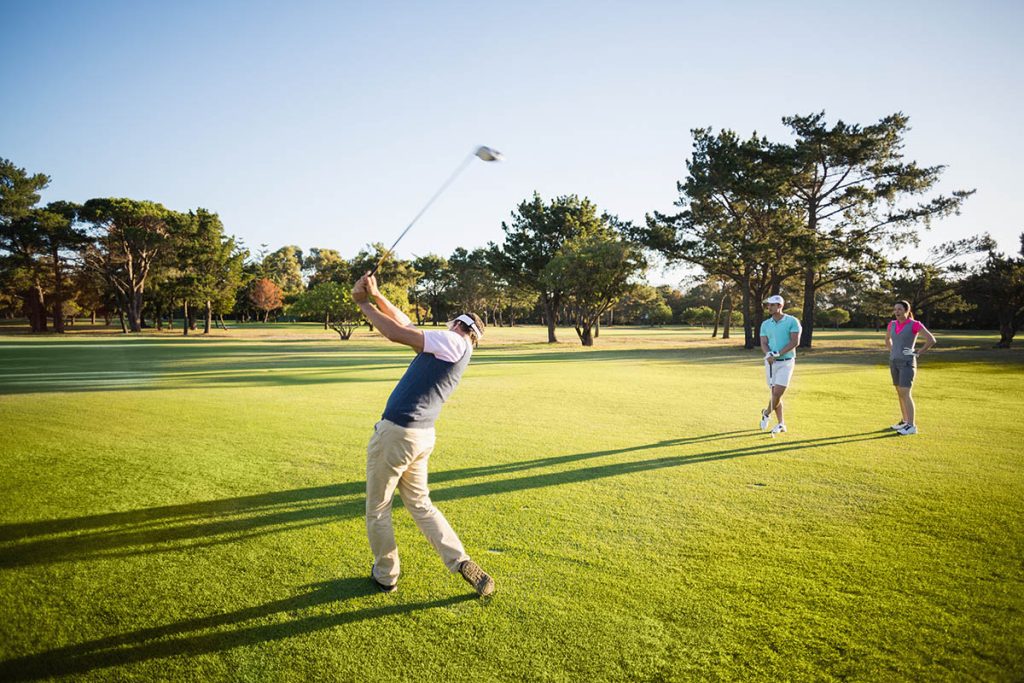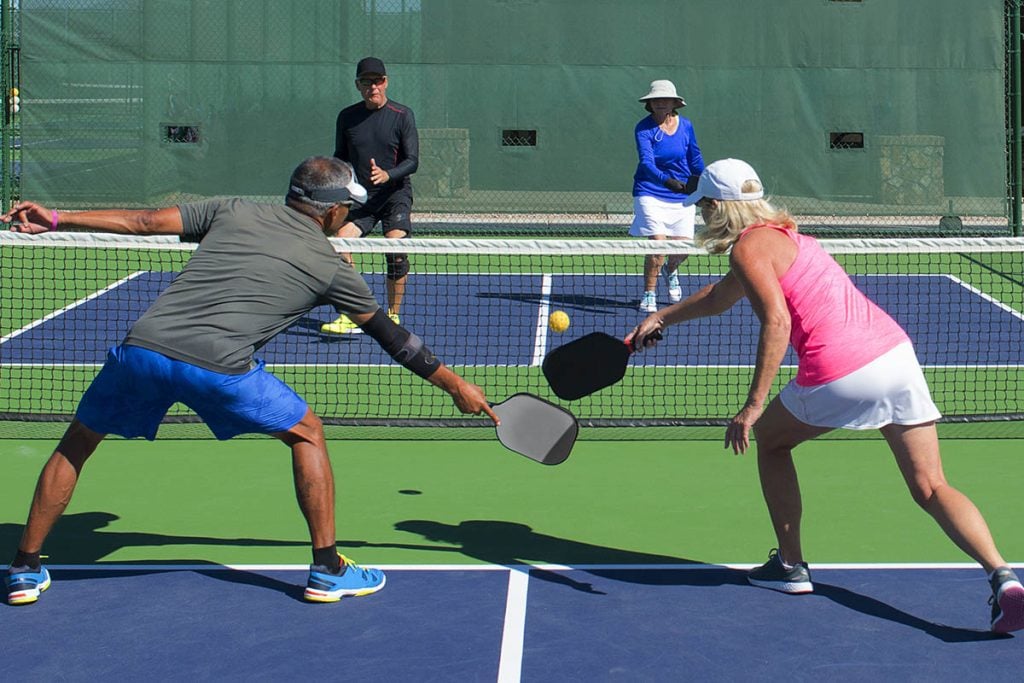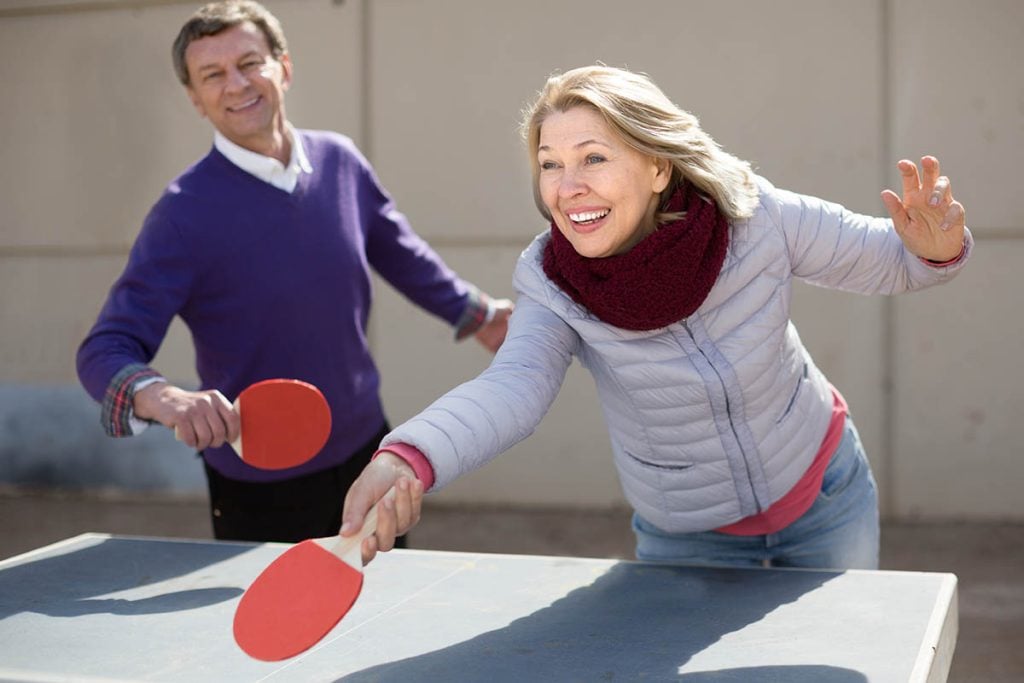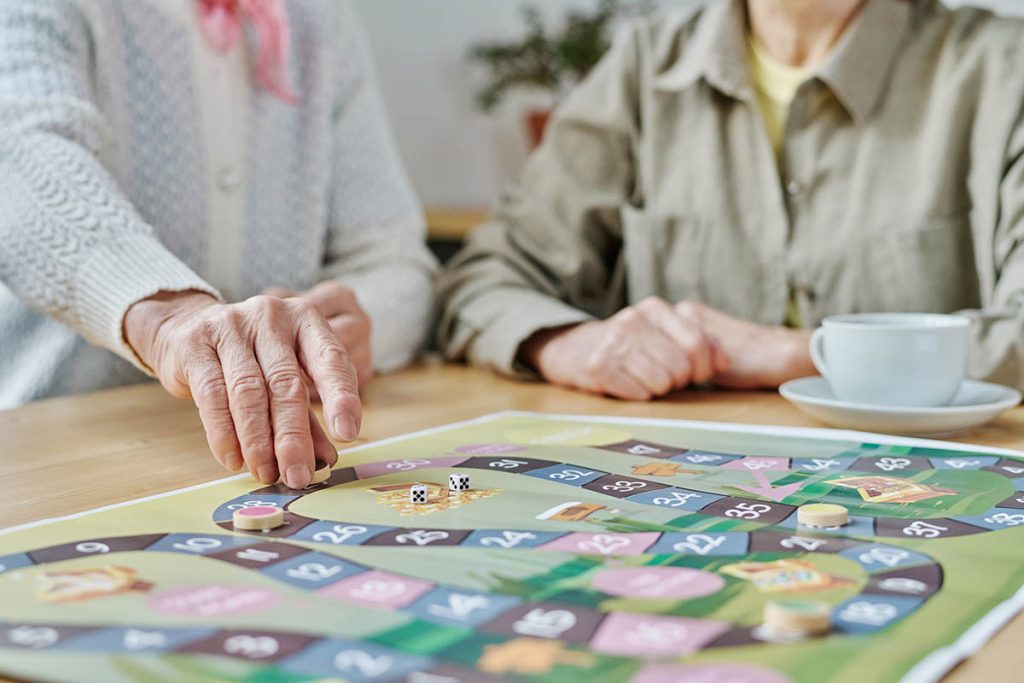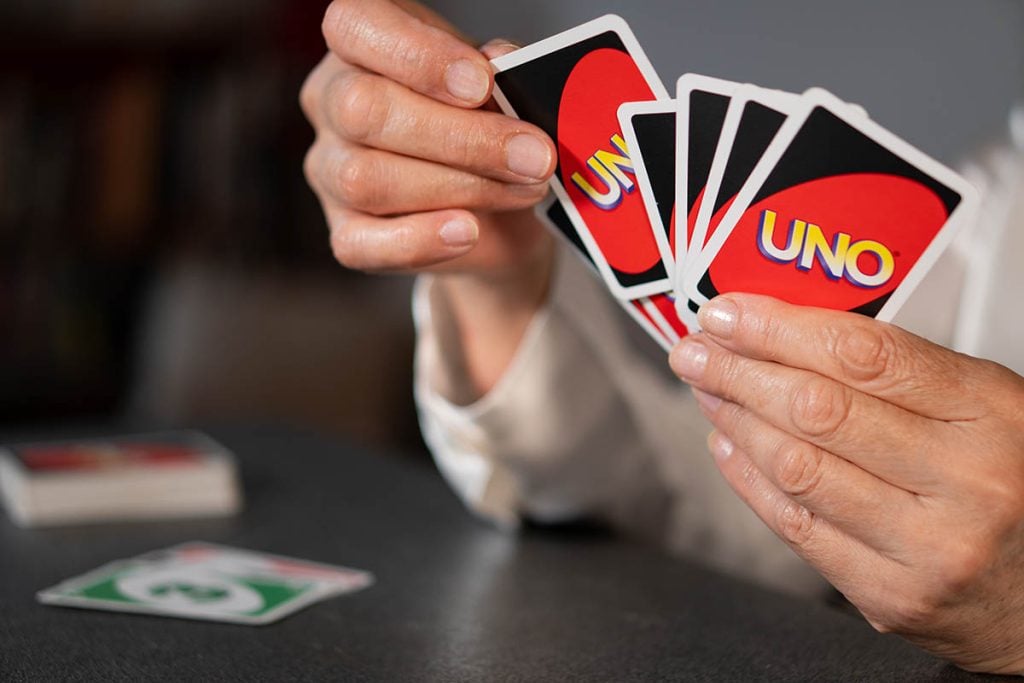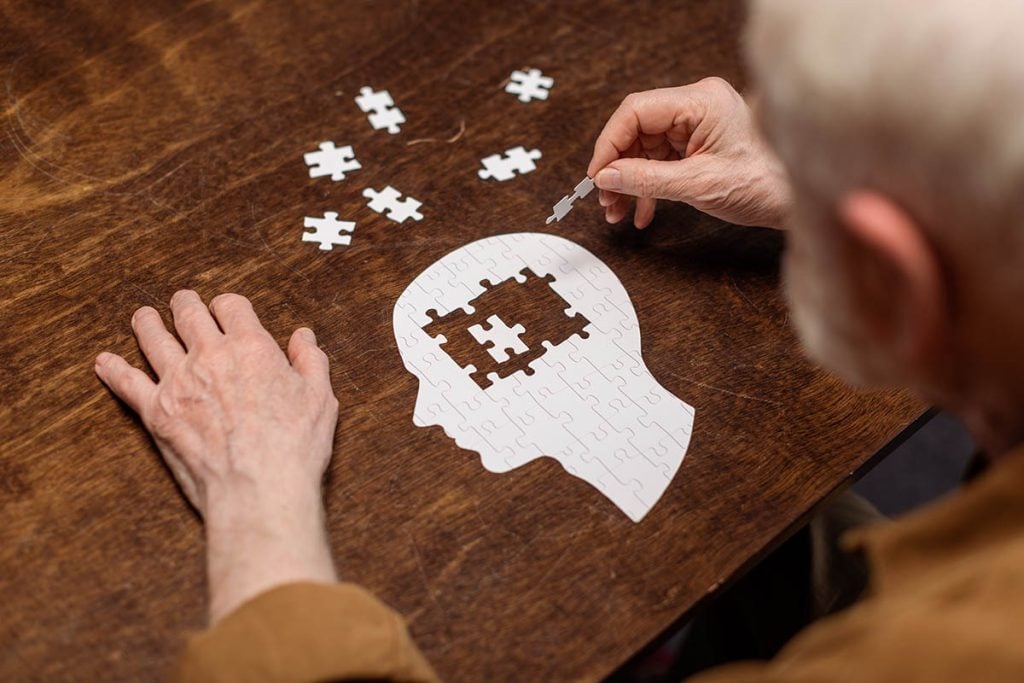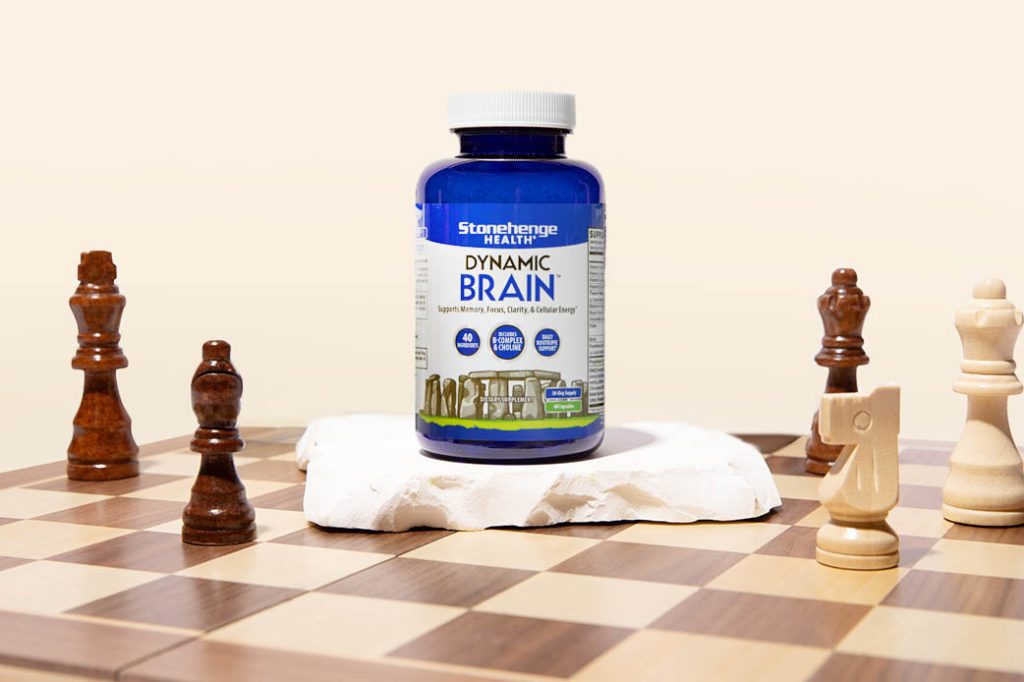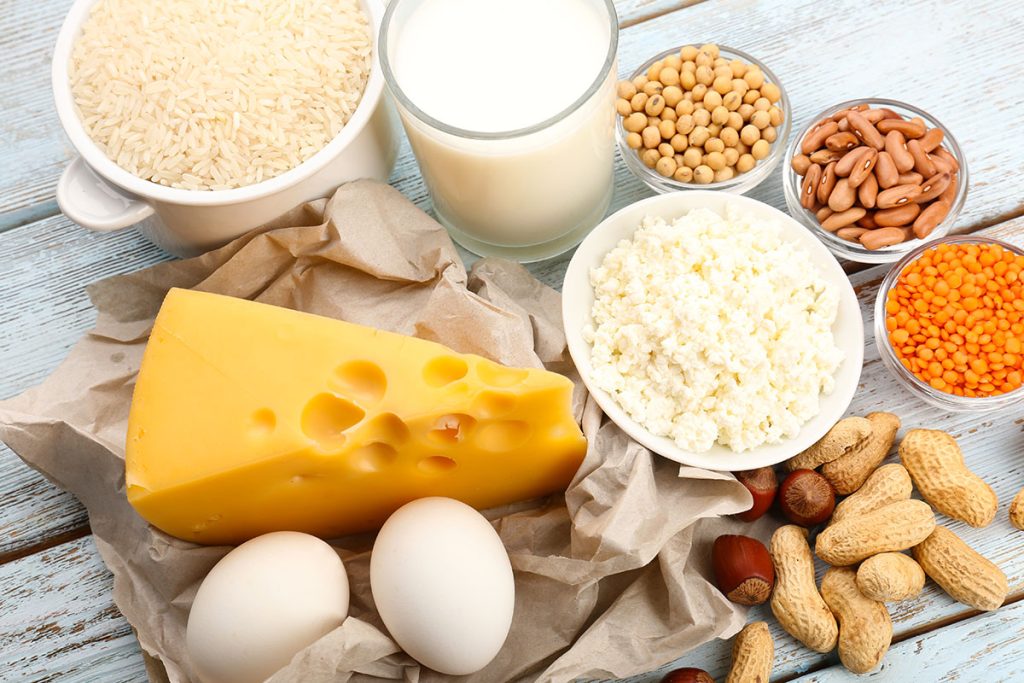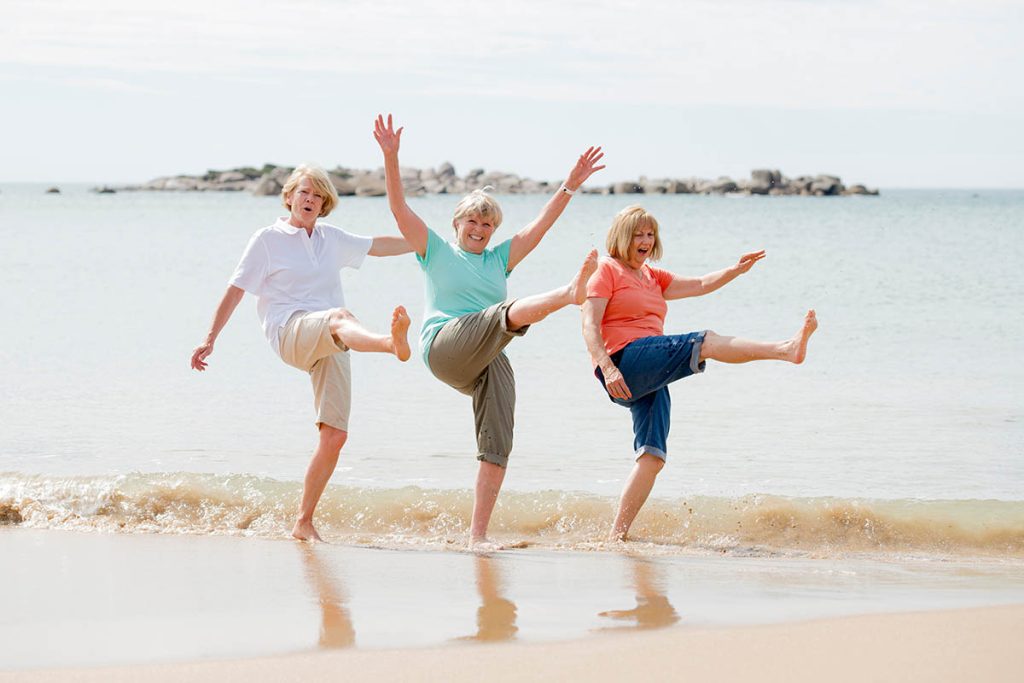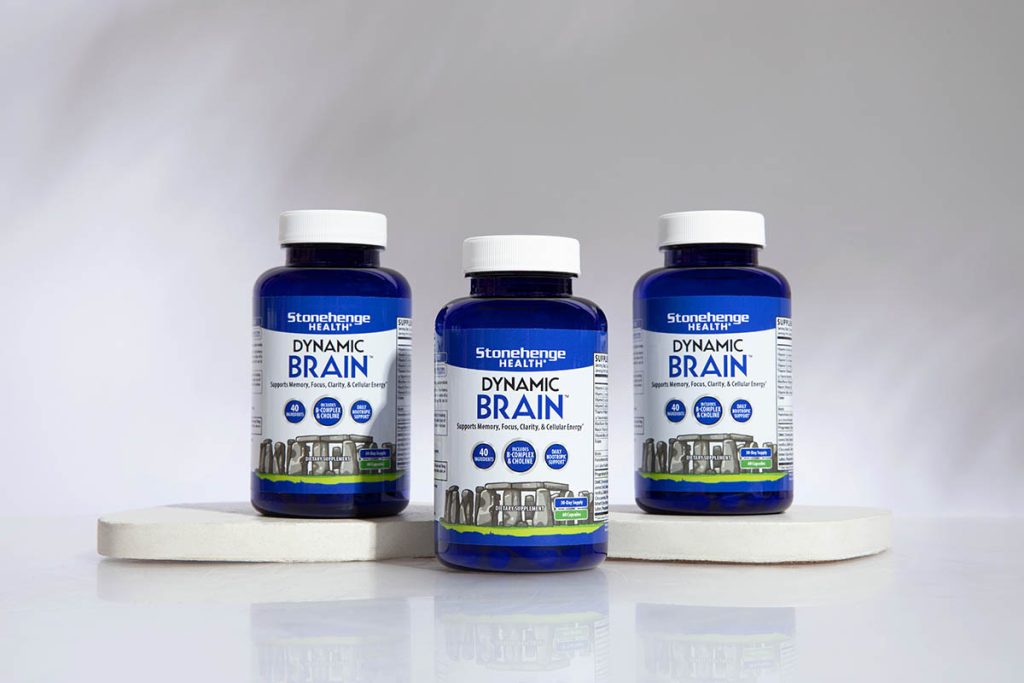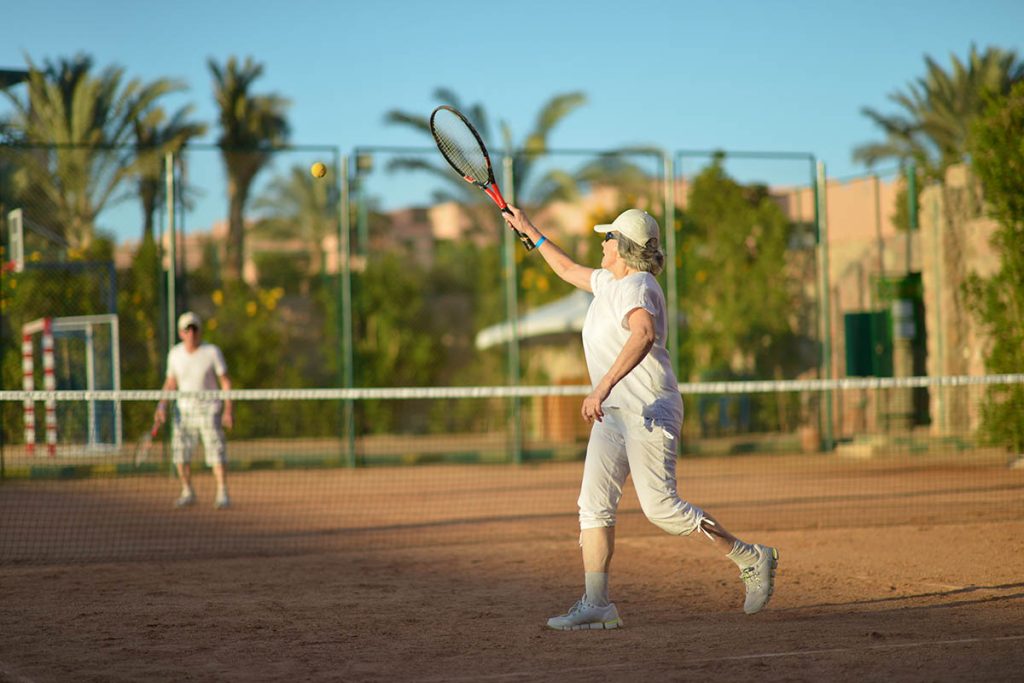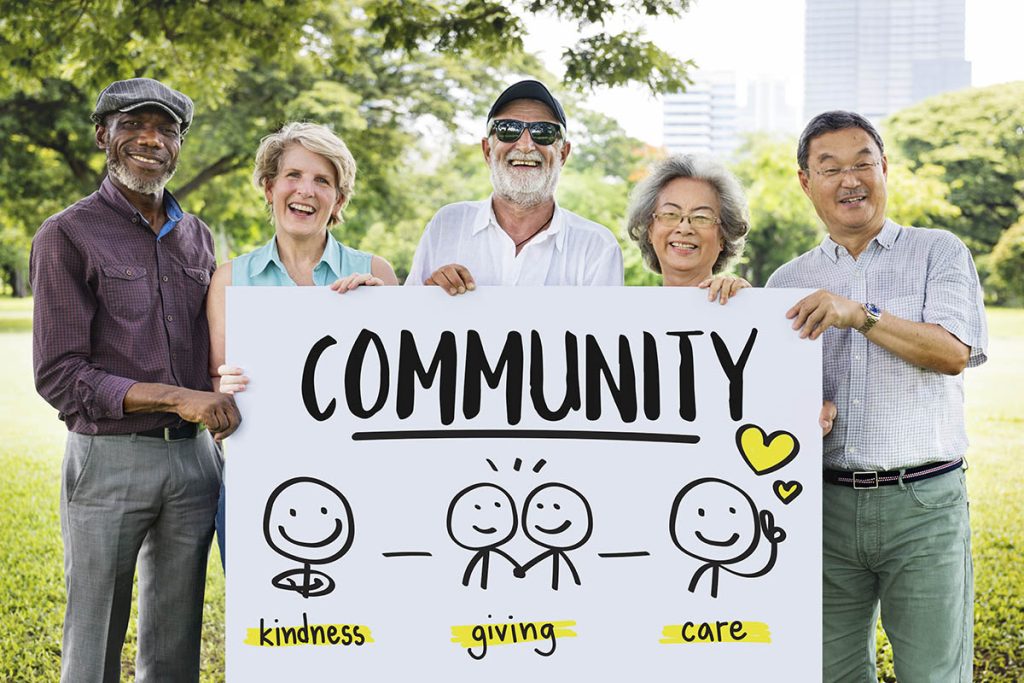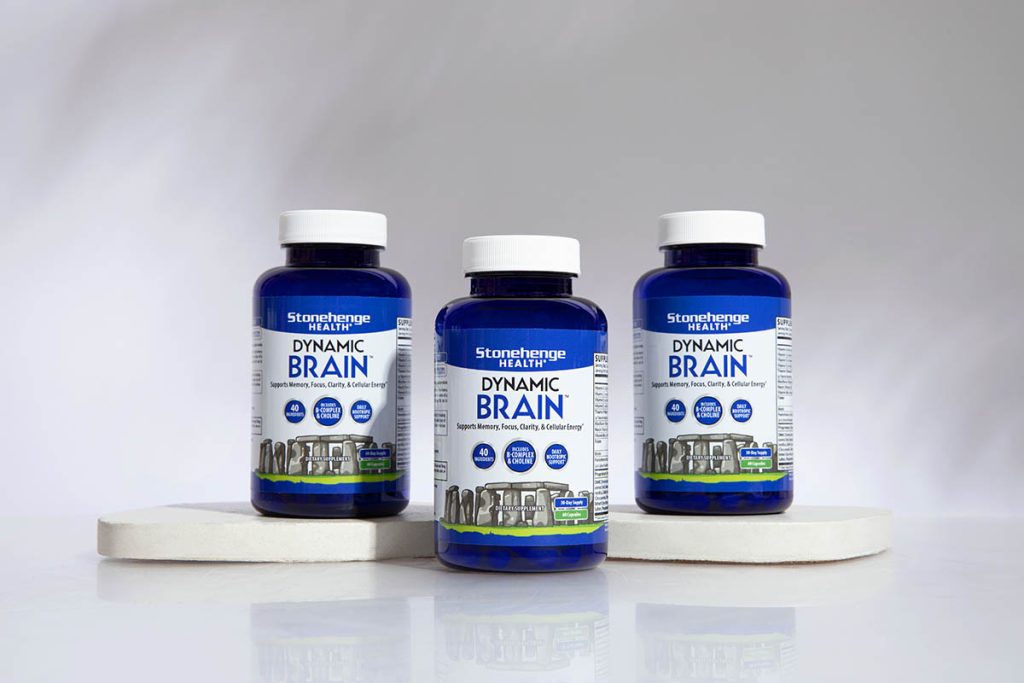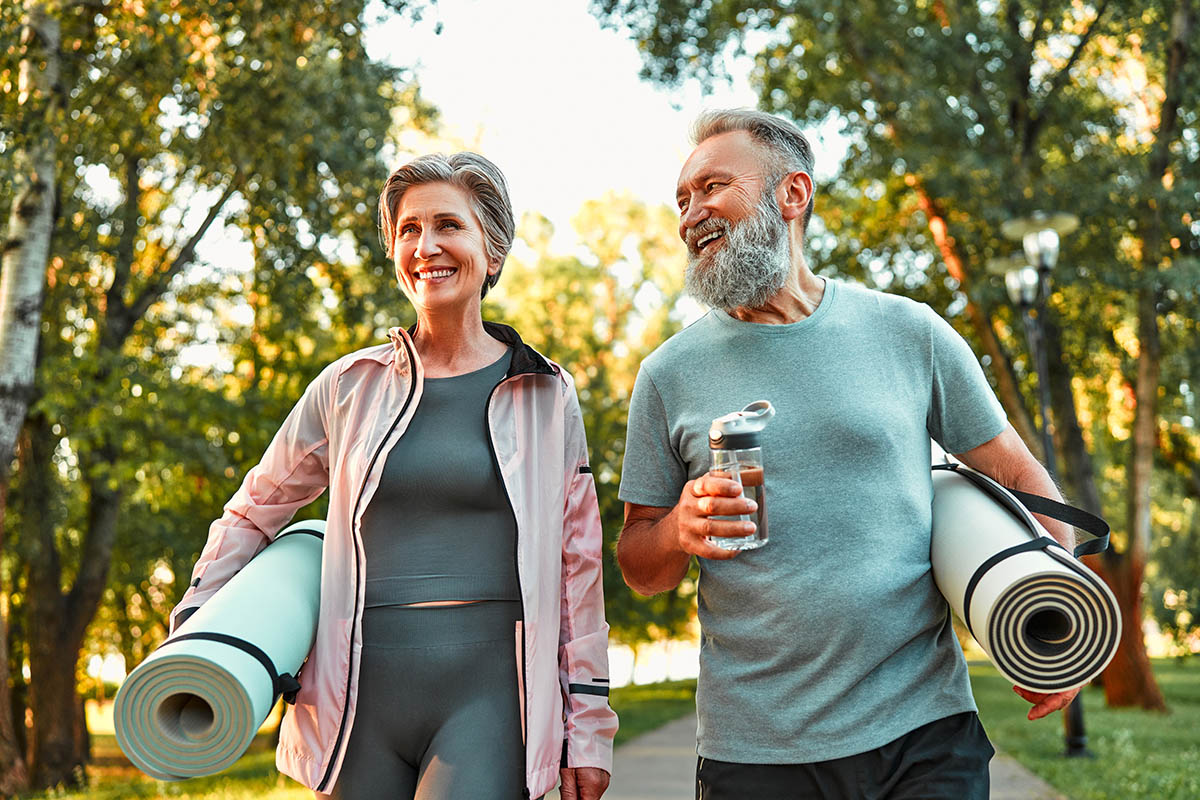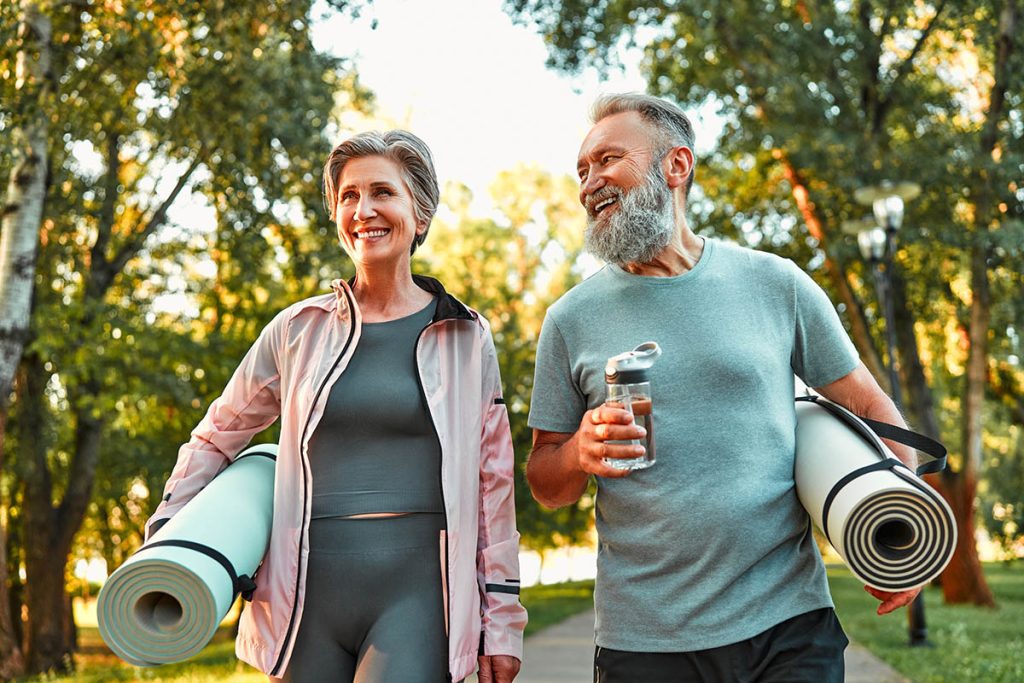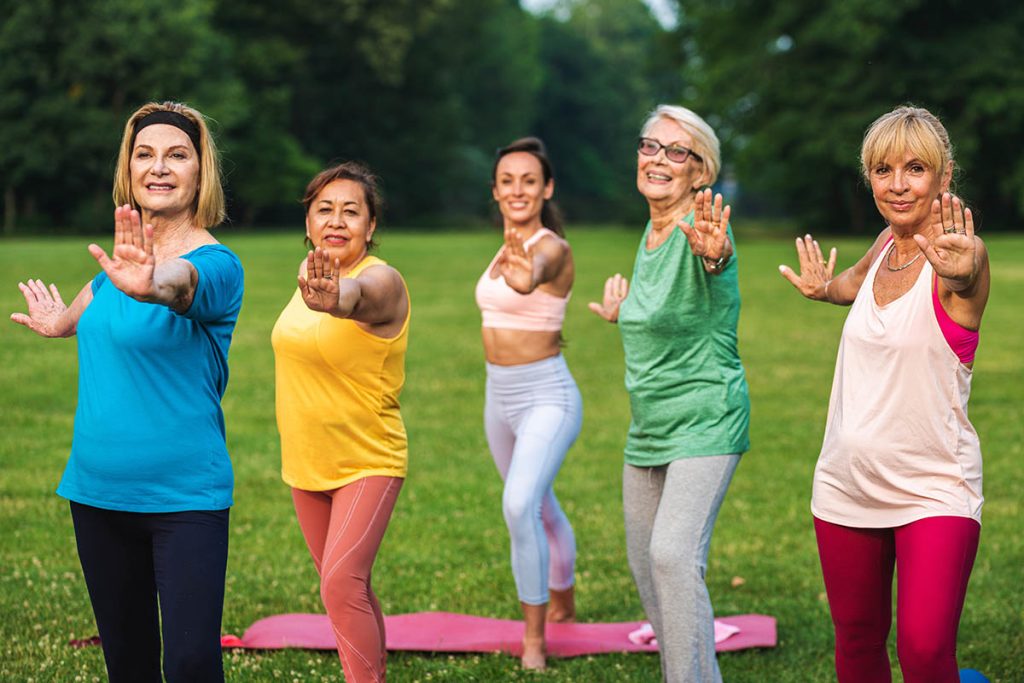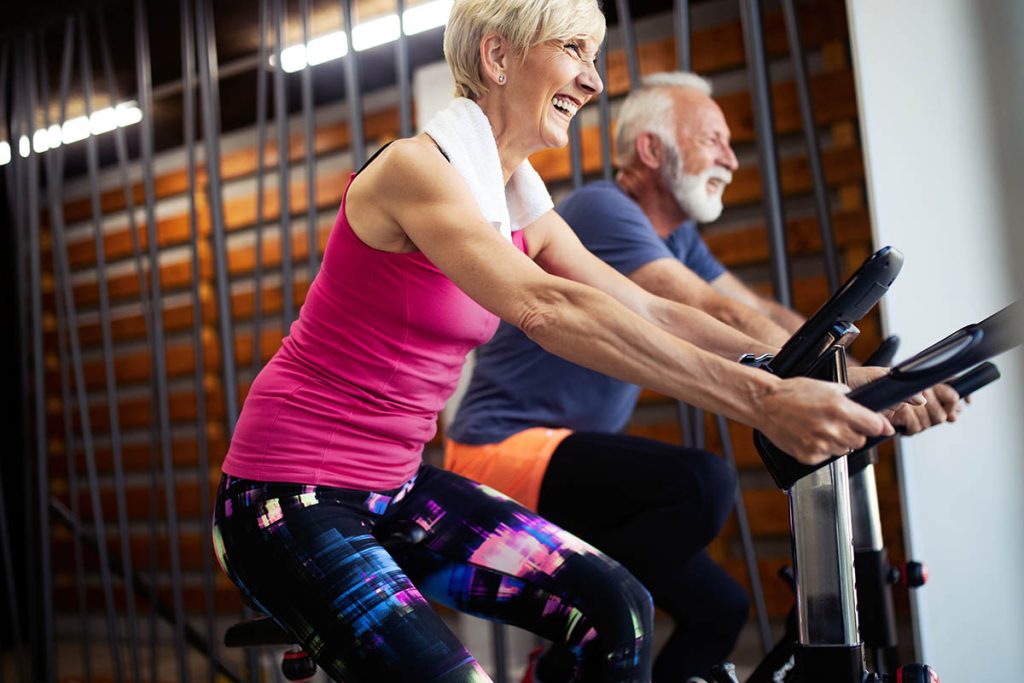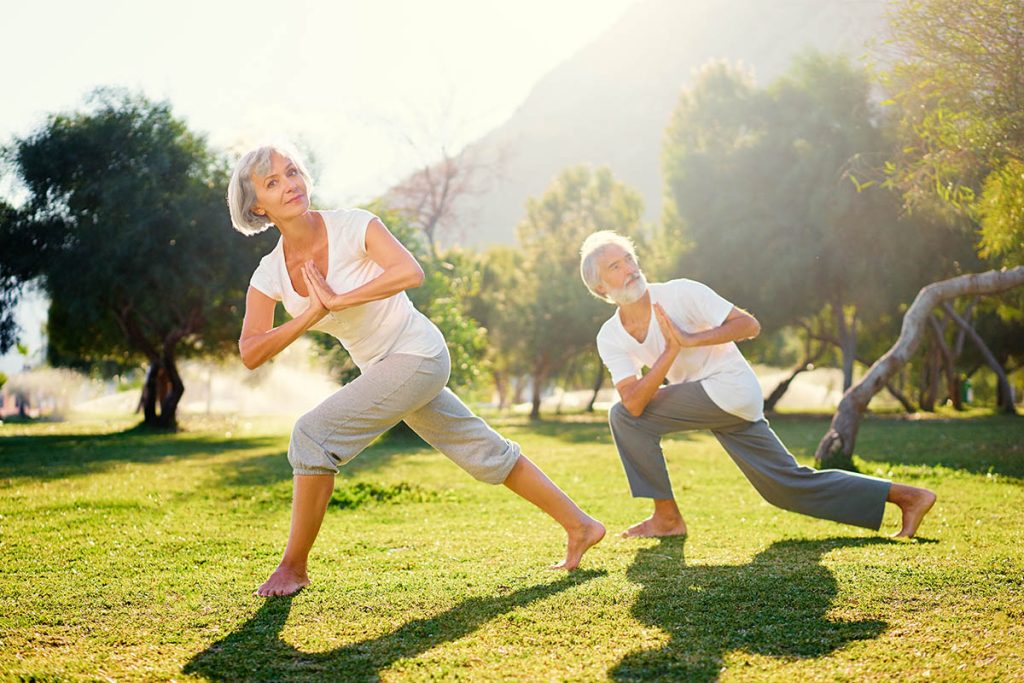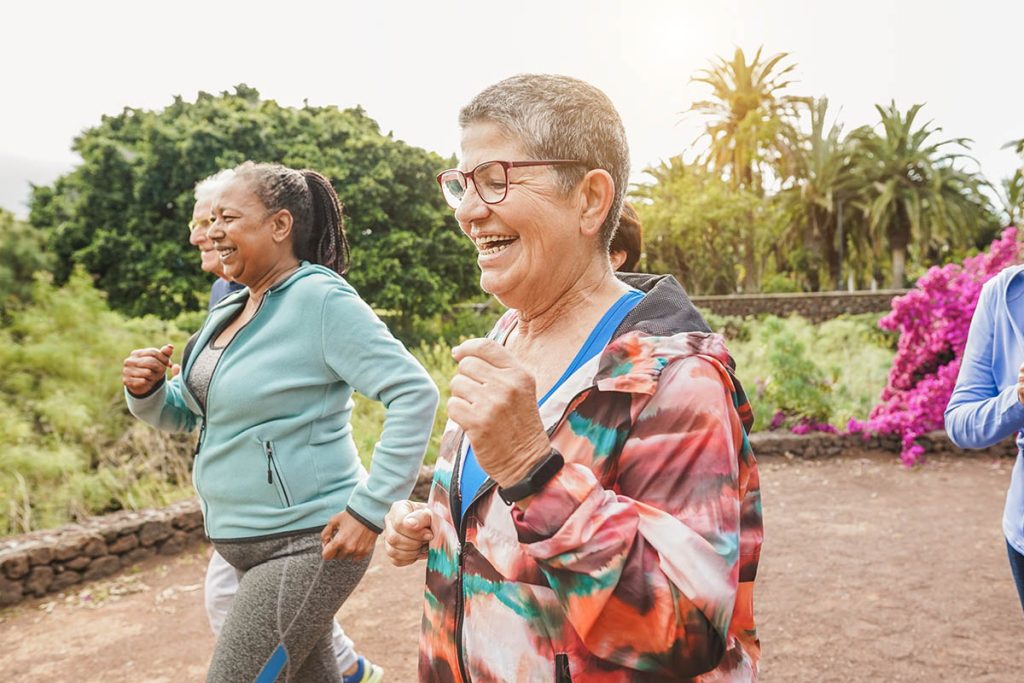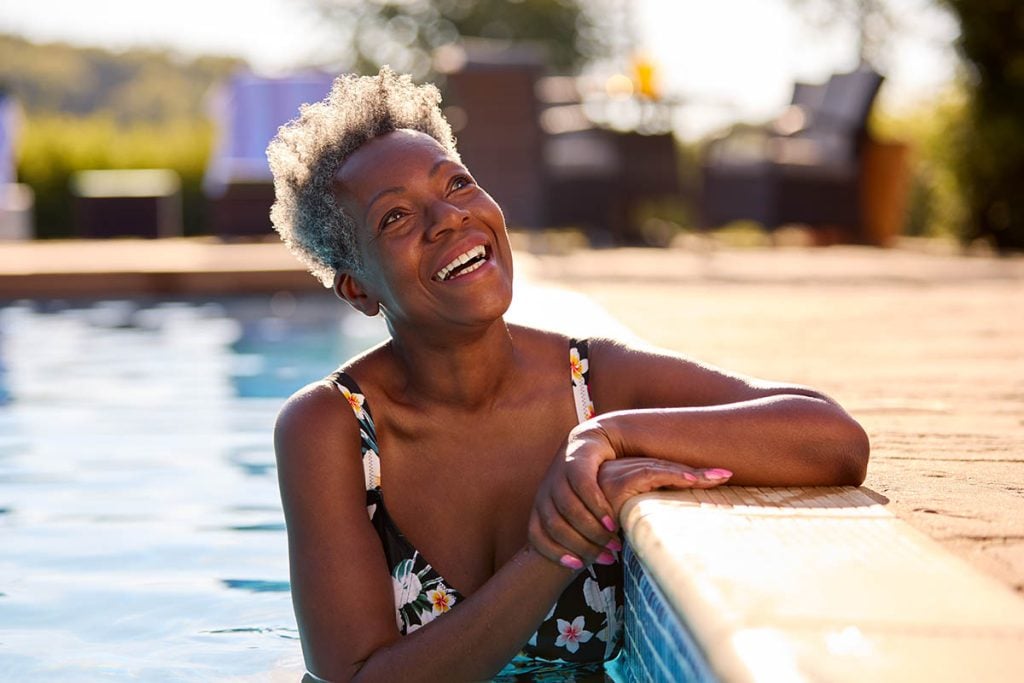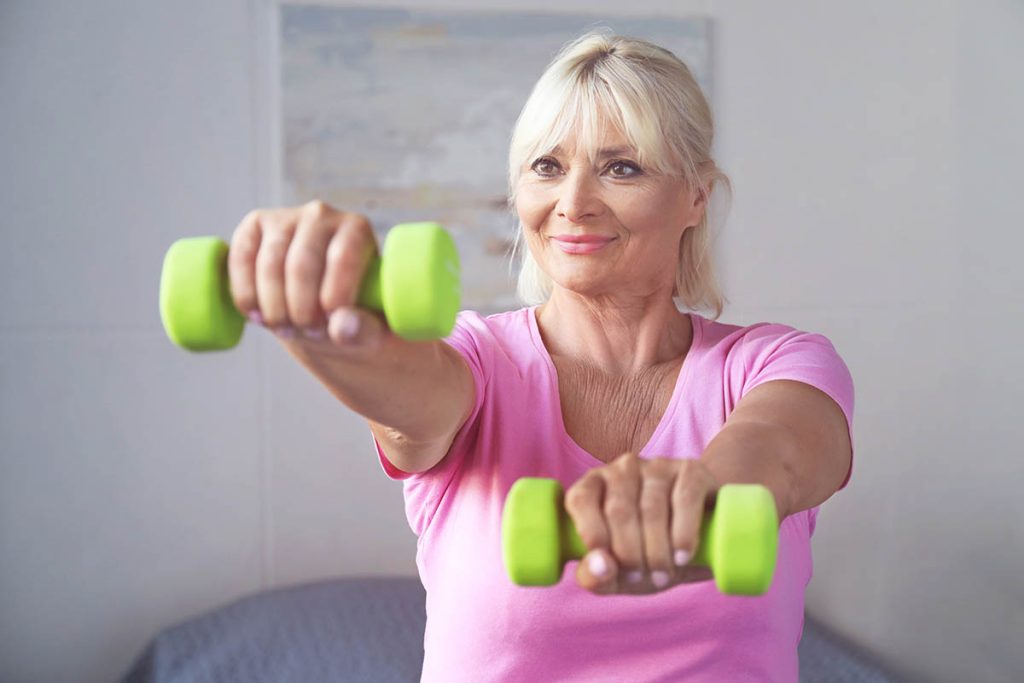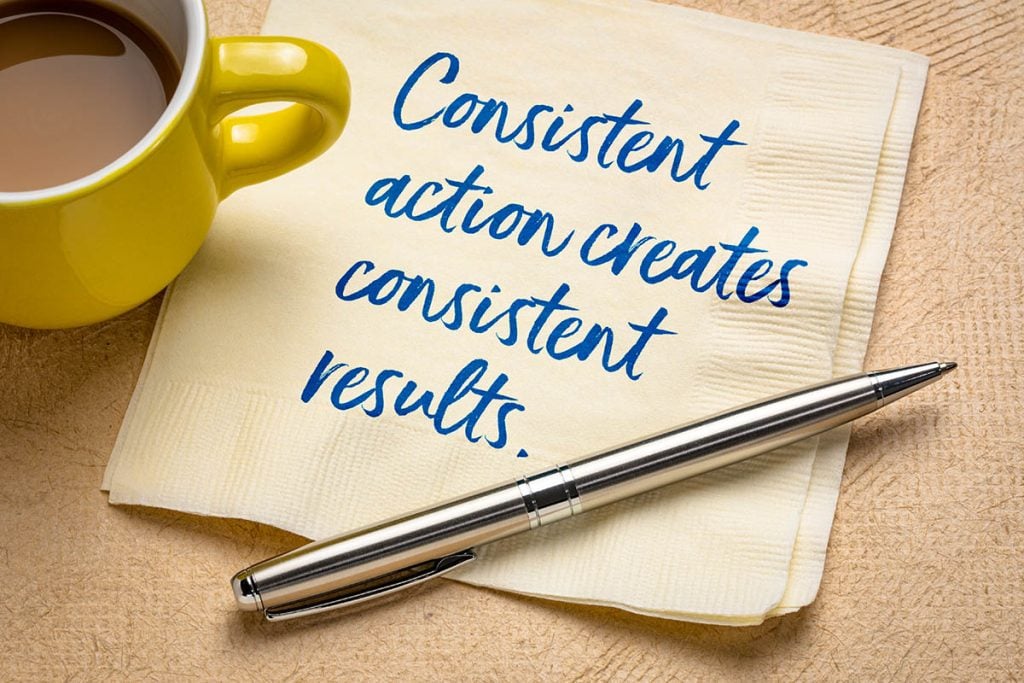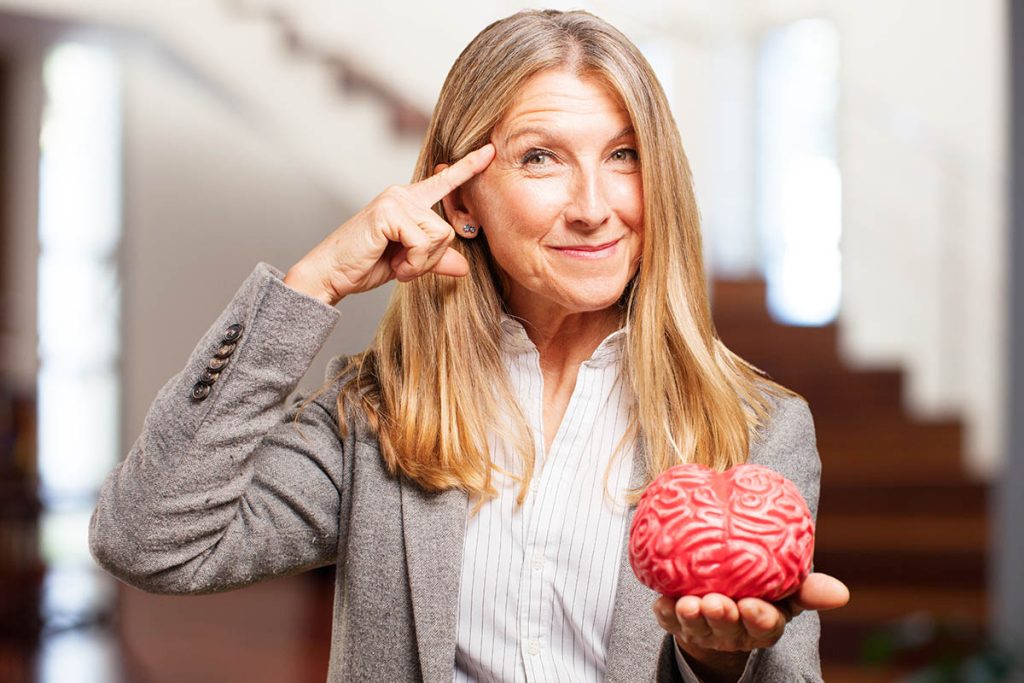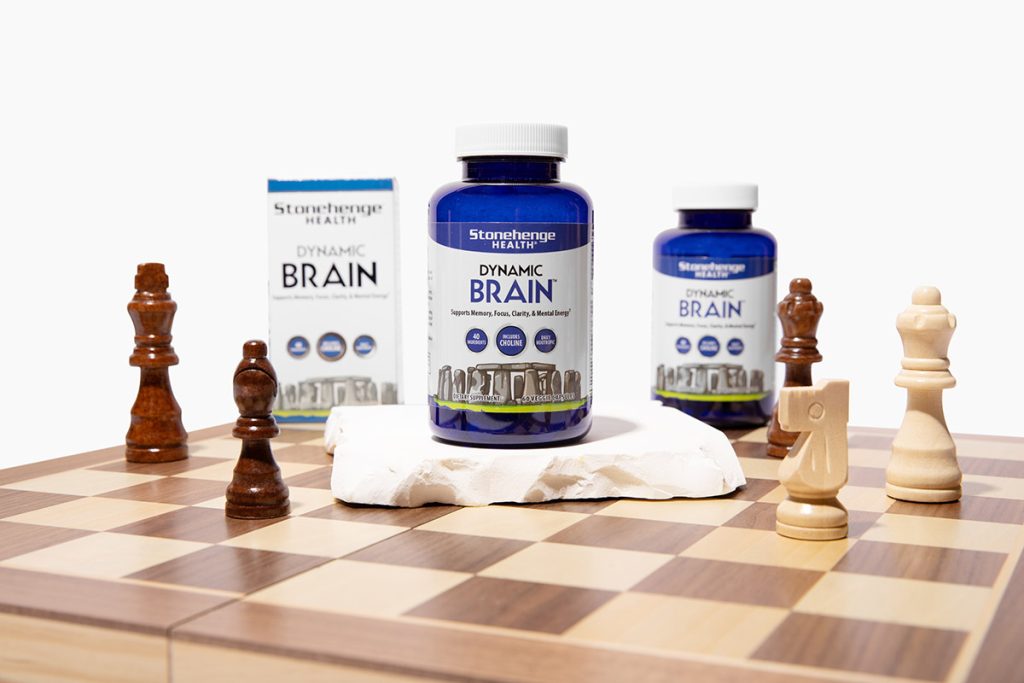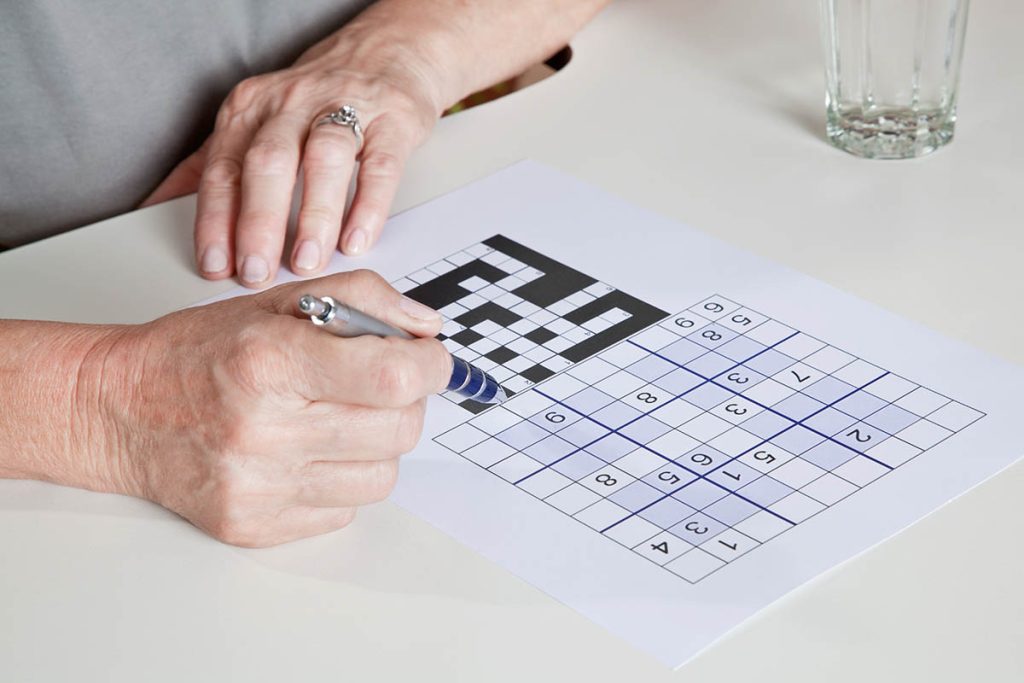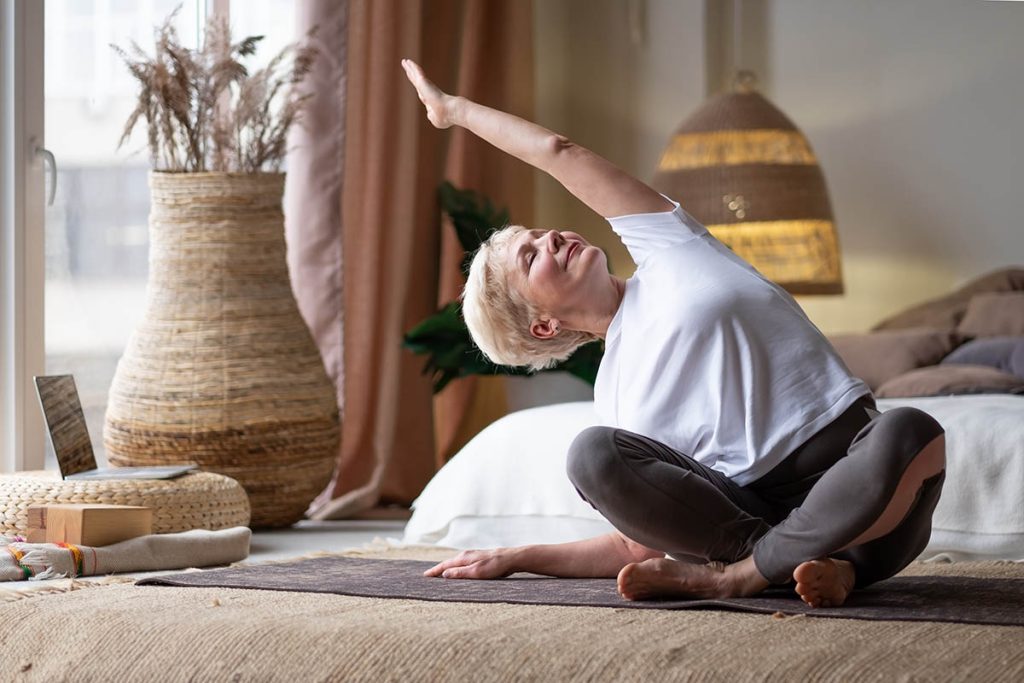
I have a bit of guilty pleasure…
I’ve always enjoyed reading self-improvement books; I’ve probably read dozens of them over the years.
Do I implement all of the things in the pages of these books? Definitely not, but if I can even get one useful tip out of a book, I consider that a win.
“The 7 Habits of Highly Effective People” by Stephen Covey is an all-time classic.
It’s full of incredible tips to increase productivity (well, seven tips, to be exact), but I want to pull out my favorite tip and share it with you.
Hopefully, this will help you as much as it’s helped me over the years.
Habit #7, “Sharpen the Saw,” emphasizes the importance of continuous self-renewal in order to maintain productivity over the long term.
In other words, “All work and no play makes Jack a dull boy.”
Basically, if you’re using your saw all day for work, it’s going to get dull eventually. You need to do something else in order to keep it sharp.
The “saw” is your brain.
This habit is crucial for maintaining overall effectiveness and long-term success. The key aspect of this habit is mental renewal, which can be significantly enhanced with the right support.
The Importance of Mental Renewal

Mental renewal involves engaging in activities that stimulate and refresh the mind, such as reading, learning new skills, and exercising. It’s about keeping your cognitive abilities sharp, adaptable, and resilient by supplementing them with other types of activities.
Because without regular mental rejuvenation, our effectiveness diminishes.
In addition to sharpening your saw with physical and mental activities, you can also feed your brain by providing it with the nutrients it needs to thrive.
Dynamic Brain and Mental Renewal

Enter Dynamic Brain by Stonehenge Health, a supplement designed to optimize brain health and cognitive function.*
Dynamic Brain is formulated with a blend of 40 ingredients that support various aspects of cognitive health, making it an ideal companion in your quest to sharpen the saw.
Let’s take a closer look at some of these ingredients.
8 Key Ingredients and Their Benefits

1. Choline

Choline is an essential nutrient critical for brain health, found in eggs, meat, and certain vegetables; it is particularly vital for older adults to maintain adequate levels through diet or supplements.
2. Phosphatidylserine

Phosphatidylserine, a crucial phospholipid in cell membranes, especially in the brain, is naturally present in foods like soybeans, white beans, egg yolks, and chicken liver.
3. Huperzia serrata

Huperzia serrata, a firmoss known for its cognitive-enhancing properties, contains huperzine A, which is used in traditional Asian medicine for its health benefits.
4. Bacopa monnieri

Bacopa monnieri, a traditional Ayurvedic herb, enhances cognitive functions such as memory and concentration through its active components, primarily bacosides.
Celebrated for its efficacy in enhancing memory, attention, and the speed of cognitive processing, our new formula contains ten times the original serving of bacopa extract for an unprecedented cognitive boost, delivering a powerful supply of this vital brain nutrient.*
5. Vitamin B12

Vitamin B12, or cobalamin, is essential for health. Methylcobalamin is naturally occurring, bioavailable, and is used in supplements for immediate utilization.
6. L-Theanine

L-Theanine, an amino acid found predominantly in green tea. This supplement is particularly favored by those looking to manage stress naturally without the use of stimulants. This extracted version doesn’t contain caffeine.
7. Lion’s Mane

Lion’s Mane, a functional mushroom, is celebrated for its potential cognitive health benefits and has been used in traditional Chinese medicine for centuries.*
This remarkable mushroom supports cognitive function, reduces mild anxiety, helps with mood, and enhances overall brain health by stimulating the production of nerve growth factor (NGF).*
8. DHA

DHA (docosahexaenoic acid), an omega-3 fatty acid essential for brain and retinal health, is found in fatty fish and is important for maintaining adequate levels, especially with aging.
These ingredients, meticulously combined in precise and proprietary amounts, create a synergy that your brain craves for peak performance.*
Integrating Dynamic Brain into Your Routine

To fully embrace Habit 7 and ensure you are sharpening the saw effectively, consider incorporating Dynamic Brain into your daily routine.
• Morning boost: Take Dynamic Brain in the morning to kickstart your cognitive functions and set a productive tone for the day.*
• Mindful breaks: Use the mental clarity provided by Dynamic Brain to engage in mindful activities like meditation or deep breathing exercises.*
• Learning sessions: Enhance your learning sessions with the memory and focus support from Dynamic Brain, making time doing crosswords or puzzles or wordle more effective.*
• Evening wind-down: Reflect on your day and plan for tomorrow with a clear and focused mind, thanks to the calming and soothing effects.*
Sharpening the saw through mental renewal is essential for long-term effectiveness and personal growth.
Dynamic Brain by Stonehenge Health provides the cognitive support needed to keep your mind sharp, focused, and ready to embrace continuous improvement.
By integrating this supplement into your daily routine, you can ensure that your mental saw is always finely honed, allowing you to achieve your fullest potential.

































